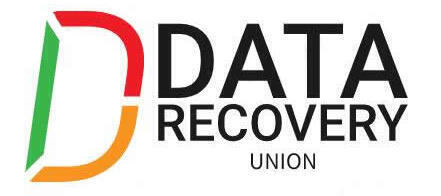
Glossary of Hard Disk Drive Terminology (Letter F)
FAT (File Allocation Table)
A data table stored at the beginning of each partition on the disk that is used by the operating system to determine which sectors are allocated to each file and in what order.
Fdisk
A software utility used to partition a hard drive. This utility is included with DOS and Windows 95 operating systems.
Fetch
The process of retrieving data.
Fibre Channel (FC)
The general name given to an integrated set of standards being developed by an ANSI-approved X3 group. This set of standards defines new protocols for flexible information transfer. Fibre channel supports three topologies: point-to-point, arbitrated loop, and fabric.
Fibre Channel Arbitrated Loop (FC-AL)
A subset of fibre channel network systems interconnection. A serial storage interface designed to meet the needs of high-end applications.
Fiscal Periods
Three-month segments of a fiscal year. Western Digital, with a June 30 fiscal year, has fiscal quarters ending on the last days of September, December, March and June.
Firmware
Permanent instructions and data programmed directly into the circuitry of read-onlymemory for controlling the operation of the computer.
FIT (Functional Integrity Testing)
A suite of tests Western Digital performs on all its drive products to ensure compatibility with different hosts, operating systems, adapters, application programs, and peripherals. This testing must be performed before the product can be released to manufacturing.
Flow Control
In PIO transfers, the ability of an EIDE drive to control the speed at which the host transfers data to or from the drive by using the IORDY signal. The host temporarily stops transferring data whenever the drive deasserts the IORDY signal. When the drive reasserts the IORDY signal, the host continues the data transfer.
Format
A process that prepares a hard drive to store data. Low-level formatting sets up the locations of sectors so user data can be stored in them. Western Digital hard drives are low-level formatted at the factory and therefore do not need to be low-level formatted by the end user. You need to perform a high-level format (with EZ-Drive or the Format command) on your new Western Digital hard drive before you can use it. Formatting erases all the information on a hard drive and it sets up the file system needed for storing and retrieving files.
Formatted Capacity
The actual capacity available to store data in a mass storage device. The formatted capacity is the gross capacity minus the capacity taken up by the overhead data required for formatting the media.
Form Factor
The industry standard that defines the physical and external dimensions of a particular device.
Full-Duplex
A communication protocol that permits simultaneous transmission in both directions.
